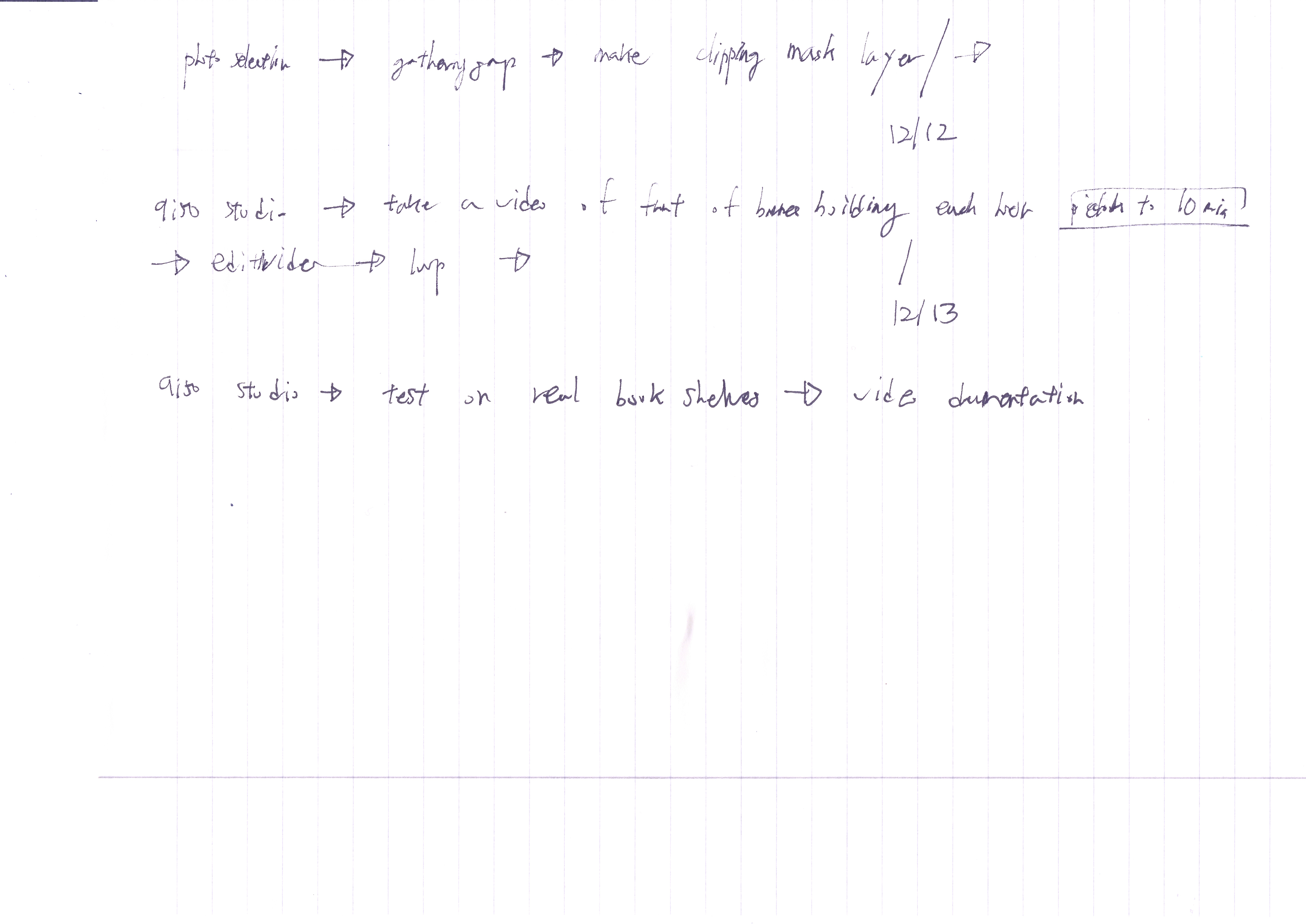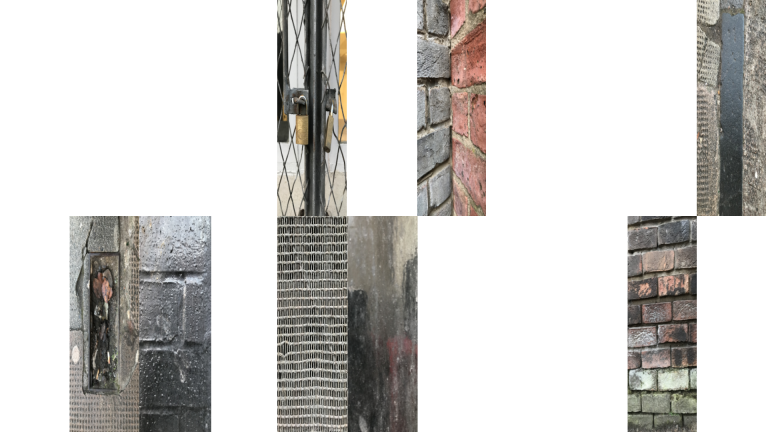04.12.2017 ~ 15.12.2017
– Living Walls Overview
Working independently, create a meaningful site-specific projection map within/on to/around the Barnes Building. Using mapping software create a dynamic digital projection of animated elements to create an engaging experience, blurring the perceived boundaries between the virtual and the real world, conveying the sense that surfaces of the building are responsive.
A series of photographic studies of explorations of the built environment should be generated to accompany and inform your project.
Areas of investigation for your consideration include:
- environment deconstructed and projected
- motion detection; live and pre-recorded video footage of movement throughout the building, e.g. stairwell movement; foot traffic; studio activity
- triggers, e.g. video triggers using VPT Video Trigger
- work with a range of materials, concepts and digital tools to deliver ideas.
The ‘Living Wall’ project is the final project of the first semester of the second year. In this project, we need to project on the ‘Barnes Building’ as the background. Where occupied by ‘Interaction Design’ and ‘Sculpture’ departments. And projection areas would be including the inside and outside of the whole building. And we will choose a place within the building selected, and result will be located on somewhere on this building.
This project has been worked with a program called ‘VPT7’. In addition, it was possible to use the video and sound triggers of VPT7, as well as projection mapping with other programs called ‘vvvv’. However, this is my first-time doing projection mapping, so I decided to use ‘VPT7’ which is easy to use.



On Monday, there was only an explanation of the project outline. But, this year’s ‘Living Wall’ project was a different from last year. Rather than just projecting, we had to create responsive projection mapping that detects and reacts to use motion detection or sound triggers using webcams or microphone.
On Tuesday, I learned how to use ‘VPT7’, how to load files, how to resize when projecting images with the projector, and how to use ‘VPT7’ sound and video triggers. I knew about the fact that there were many minor errors in the program before I learned it, but even when I tried it, it still stopped working or the program.
On Wednesday and Thursday, I developed ideas on Wednesdays and Thursdays.
On Friday, there was an interim group tutorial review on where I progress was. It was also time to talk about the direction of the project. In this project, I said that I would bring the architectural element of the building’s exterior material into the interior, and I would do projection mapping which change materials as people walk by.
I showed photo samples about textures of the building’s exterior that I collected on the Wednesdays and Thursdays. And I also explained that these photos will be used later as main elements of the project.















Week 2
On Monday, I had a discussion session based on reading material distributed at the beginning of the project.
On Tuesday, I had a personal tutorial. I showed additional photos and talked about the places where I could do projection mapping on the building. In conclusion, we decided to project projection mapping to the mailbox on the ground floor.
However, there was a problem about height difference of the mailbox. After the tutorial time, I went down and tested whether projection mapping was possible in the mailbox. The result was successful.

On Wednesdays, I went outside every 30 minutes and repositioned the camera recording five minutes of the building using Time Lapse function.
After that I made seven different kinds of videos by combining the videos and building’s exterior materials I took. I made that as an individual mask. Then, the motion capture of the VPT7 video trigger and webcam were used to randomize seven videos when people passed by.







On Thursday, I projected the images I made and experimented myself. Then, recorded after the sunset cause of clear resolution of projection mapping.
On Friday morning, I announced the project that I did. Rather than putting my personal thoughts on this project, I focused on the methodology and material aspects of projection mapping. Because projection mapping has been used throughout museums, galleries, historic sites, big events, etc., I thought that I could apply it to many future works by doing projection mapping myself. It was a good time to learn about ‘VPT7’ and to learn more about projection mapping.
Lastly, the first semester project was completed. This semester passed by fast compared to the last year’s foundation course.
Final documentation URL: https://youtu.be/Hec6cLKJRIQ
Thank you for reading my blog 🙂
The Glasgow school of Art
Interaction Design Year 2
YongWon Choi
